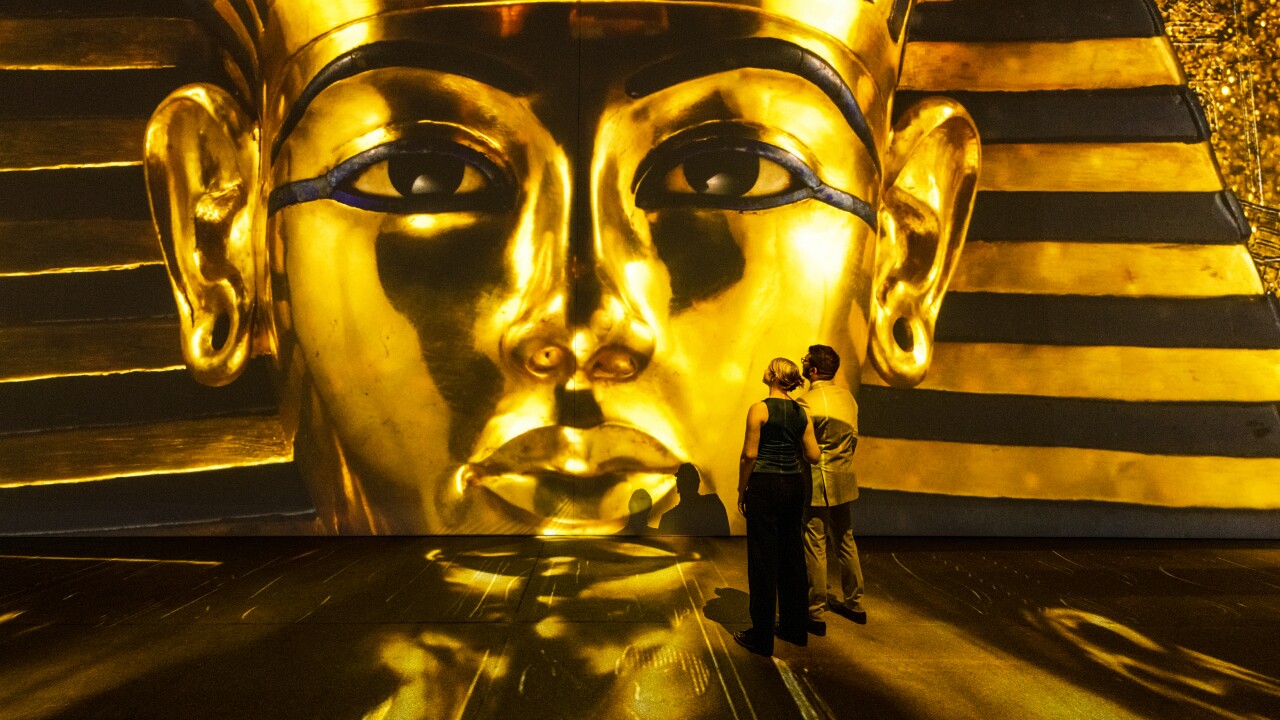
Throughout human history, the concept of an afterlife has played a pivotal role in shaping religious, cultural, and philosophical beliefs. Ancient civilizations, including the Egyptians, Greeks, and various others, held diverse views about what awaited individuals after death. This article delves into the ancient Egyptian perspective on the afterlife, focusing on the journey of the soul, the process of judgment, and the profound implications these beliefs had on society.
1. The Journey of the Soul
In ancient Egyptian beliefs, death was not seen as the end, but rather as a transition to another realm. Upon death, the soul, known as the “ka,” would leave the physical body and embark on a journey to the afterlife. The soul’s successful passage to the afterlife was dependent on several factors, including the preservation of the body through mummification and the performance of funerary rites.
2. The Hall of Ma’at: The Judgment Process
Central to the afterlife beliefs was the concept of judgment. The deceased’s soul would undergo a trial in the Hall of Ma’at, where Osiris presided as judge. The heart of the deceased was weighed against the feather of Ma’at, symbolizing truth and balance. If the heart was lighter than the feather, the individual had led a just and ethical life, and they would be granted entry into the eternal paradise. If the heart was heavy with wrongdoing, the soul would be consumed by the devourer, a creature that symbolized destruction.
3. Eternal Reward: The Ideal Afterlife
For those deemed worthy, the afterlife was a realm of eternal bliss known as the Field of Reeds. It was a paradise resembling the earthly world, with fertile lands, abundant harvests, and reunions with loved ones. The blessed souls could enjoy their favorite activities, bask in the presence of gods, and relish in everlasting happiness.
4. Preparing for the Afterlife
Ancient Egyptians believed in meticulous preparation for the afterlife. This included constructing elaborate tombs filled with treasures, personal belongings, and offerings. The Book of the Dead, a collection of spells and instructions, was often included to guide the deceased through challenges in the afterlife. Mummification was crucial to preserve the body, ensuring its safe passage to the next realm.
5. Cultural Impact
Beliefs in the afterlife and judgment profoundly influenced Egyptian culture. The desire for a favorable outcome in the afterlife incentivized individuals to lead moral lives, contributing to a structured and harmonious society. The construction of grand tombs and monuments ensured the remembrance and well-being of the deceased. Rituals and festivals dedicated to the deceased formed an integral part of communal life, reinforcing the connection between the living and the dead.

